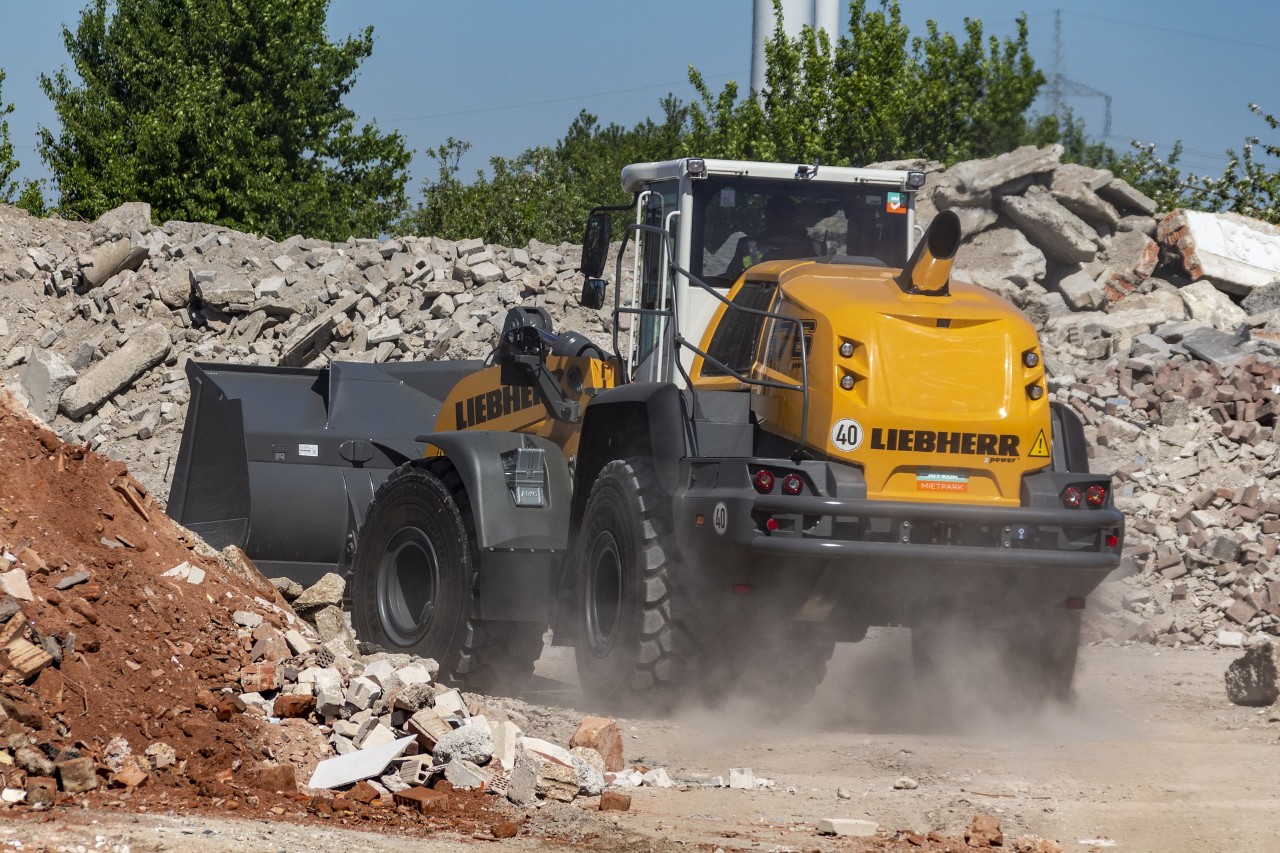Casella UK
Wolseley Rd, Kempston,Bedford MK42 7JY
+44(0)1234844100
info@casellasolutions.com

Noise, vibration, and dust exposure are inevitable on construction sites and are, of course, a major concern for occupational hygienists. The recent focus in both the U.K. and the U.S. has been on respirable crystalline silica, or RCS, which is responsible for tens of thousands of premature deaths each year due to respiratory illnesses. And while the industry looks to mitigate exposure by designing-out or controlling dust, there are still a number of construction roles—including tunnel construction workers, rig operators, concrete finishers, and bricklayers—where exposure to RCS is likely to exceed permissible exposure limits.
The publication in March of ISO 45001, Occupational Health and Safety Management Systems, will undoubtedly change the dynamic. It has support from the American Society of Safety Engineers and will bring the management of health and safety in line with standards for environmental management (ISO 14001) and quality management (ISO 9001). “ISO 45001 is one of the most significant developments in workplace safety over the past 50 years, presenting an opportunity to move the needle on reducing occupational safety and health risks,” said Vic Toy, U.S. Technical Advisory Group chair, in a statement. Kathy A. Seabrook, TAG vice chair, stated, “Better management of risk is needed by businesses in every industry to not only protect their human capital, but to achieve growth and sustainability objectives while improving their bottom line.” This will be music to the construction industry’s ears, where margins are notoriously thin. And it should be noted that the standard brings a welcome, equal focus to health as to safety.
Skanska, for example, a construction firm that is completing work on the Kosciuszko Bridge in New York City, is proud to be the first U.S. construction company to achieve certification for both OHSAS 18001, Occupational Health and Safety Management (which will be replaced by ISO 45001) and ISO 14001, Environmental Management. While Skanska claims to have the most comprehensive environmental, health, and safety management program in the industry, in the U.K., the company has stated that it lacked industrial hygiene resources and, hence, sufficient data relating to its workers’ levels of RCS exposure. Still, it is encouraging to see their commitment. Skanska publishes a policy document (PDF) that details how the company actively evaluates and controls employees’ exposure to dust-related workplace risks. The company makes the document available to its supply chain.
Reaching the “long tail” of contractors is going to be an uphill struggle in terms of both education and enforcement. But it also represents a major opportunity for industrial hygiene consultants as well as tool manufacturers such as Hilti, which has worked to highlight the issues and solutions.
Methods for sampling RCS in the air all use a cyclone-based sampling head and the ubiquitous personal air sampling pump.
Everyone will know the need for stable flow when using air sampling pumps, but little is known about the effects of pulsation, which were highlighted by a three-part series of reports published by the BOHS that showed wide departures from the required plus-or-minus 10 percent according to the latest pump standard, ISO 13137:2013, Workplace Atmospheres—Pumps for Personal Sampling of Chemical and Biological Agents—Requirements and Test Methods. Casella also published a paper on the subject, which was presented at the Australian Institute of Occupational Hygienists annual conference in 2014. Pulsation will affect the size cut performance of the cyclone because its performance is flow dependent; in addition, pumps with significant pulsation collect less sample. This will impact the calculated mass concentration, which is clearly unacceptable for such a critical measurement.
What of real-time measurements? Instrumentation that can display mass concentration has existed for many years, but these optical-based instruments lack equivalency with traditional methods and can’t speciate the type of dust. In the mining industry, respirable equivalency was achieved for the first time with a true mass-based real-time measurement system, but this took several years and $5 million of NIOSH funding, and still does not speciate for RCS. The system was developed because of concerns about black lung disease, which has a lot in common with the effects of silica exposure.
So, for the time being, pumps, cyclones, and filter media remain the collection solution (with subsequent lab analysis). But the latest developments in flow calibrators will highlight the issue of pulsation in the field for the first time.
Steve Ochs, Area Sales Manager Casella
Discover our range of personal air sampling pumps
This article was first published in the AIHA online magazine